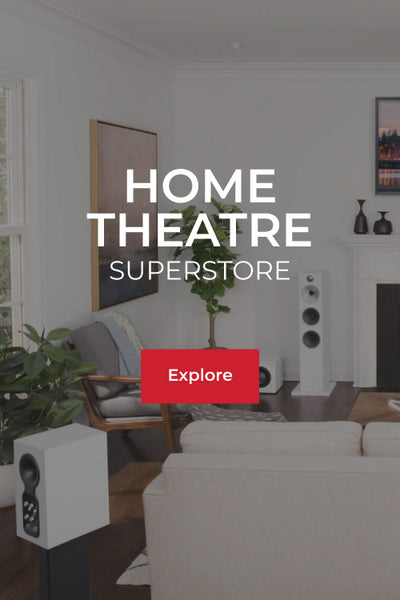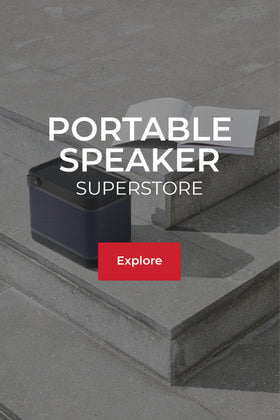
How Speaker Cabinets Affect Sound
The cabinet shape can make a difference, even if the enclosed volume is exactly the same. While the panels may be acoustically dead, the air space within is not. The enclosed volume should never have two internal dimensions the same (such as top to bottom and front to back) as that will usually reinforce standing waves at certain frequencies. The air within the box can be made somewhat acoustically dead by adding damping material - fibreglass 'wool', or any number of proprietary filling materials that are designed to absorb the sound inside the enclosure. You'll find claims (well, perhaps not quite) that only virgin yak's wool should be used, because man made fibres 'sound bad'.
When these materials are added loosely, the effect is to make the enclosure acoustically larger. If packed in tightly, the enclosed volume is smaller. Both of these change the way the loudspeaker driver reacts with the enclosed volume, mainly at or near the speaker's resonant frequency. In many (but I suspect by no means all) commercial designs, it's expected that the driver interaction with the filled volume will be modelled and measured, and the filling adjusted to get the right amount of absorption, while minimising internal reflections to the point where they can 'do no harm'. Even this term will be variable - some will claim that -40dB is ok, others may insist on at least -60dB, while others might be content with -20dB.
Some insist that any enclosure is bad, and the speaker drivers should be free, allowed to show their naughty bits to the world should anyone peek around the back. Open baffles create a dipole effect - the sound will be (generally) equally loud directly in front or behind the speakers, with (theoretically) zero output from the sides and top. This won't be the case, but again, should the side response be -20dB? -40dB? More? Less? This is almost impossible to answer.
Such systems interact with the walls, floor and ceiling of the listening space very differently from a 'conventional' enclosure. Positioning will usually be fairly critical, but there are many who are firmly convinced that this is a better way to build a speaker. There are (of course) others who claim exactly the opposite, that enclosures are essential and that the open baffle idea is flawed.




